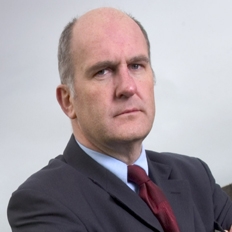Dr Terry McCormack: ‘This will extend statin treatment to younger patients’

A 10% risk threshold for primary prevention is going to be very controversial. The Americans introduced the same idea very recently and there were a lot of skeptics.
It is low and it’s going to include a lot more people in treatment. The thing is, if you treat everybody then you miss nobody. But you end up treating a lot more people who are not going to benefit.
I personally think that, just looking at absolute risk is not necessarily the way to do things, but what’s better is to look at absolute risk and relative risk. For instance, if you had an absolute risk of 10%, but were healthy in every other respect, your relative risk might be as low as one.
It’s good, in that it allows you to treat pretty much everybody. But I’m certain that there will be a hue and cry from the lobby of people who are not keen on cholesterol testing in the first place.
The positive thing is that a 10% threshold is going to be more inclusive of younger people. At a certain age you’re almost guaranteed to be at 20% risk anyway; around 55 to 60 years most people are going to be at 20% risk just on their age alone.
More people in their 40s and 50s are going to be eligible, and these are the people I’m keen to treat. I’d much rather treat someone when in their 50’s when they’ve got years to go.
It will mean more people are going to have their blood pressure checked, and we’ll find more people with abnormal blood pressures. It’s very much the case that young people with high blood pressures need sorting out as well.
The main effect will be that a different age group will suddenly be included, and that will be a good thing.
Dr Terry McCormack is a GP in Whitby and secretary of the British Hypertension Society
Pulse July survey
Take our July 2025 survey to potentially win £1.000 worth of tokens











